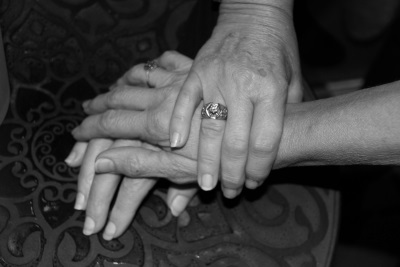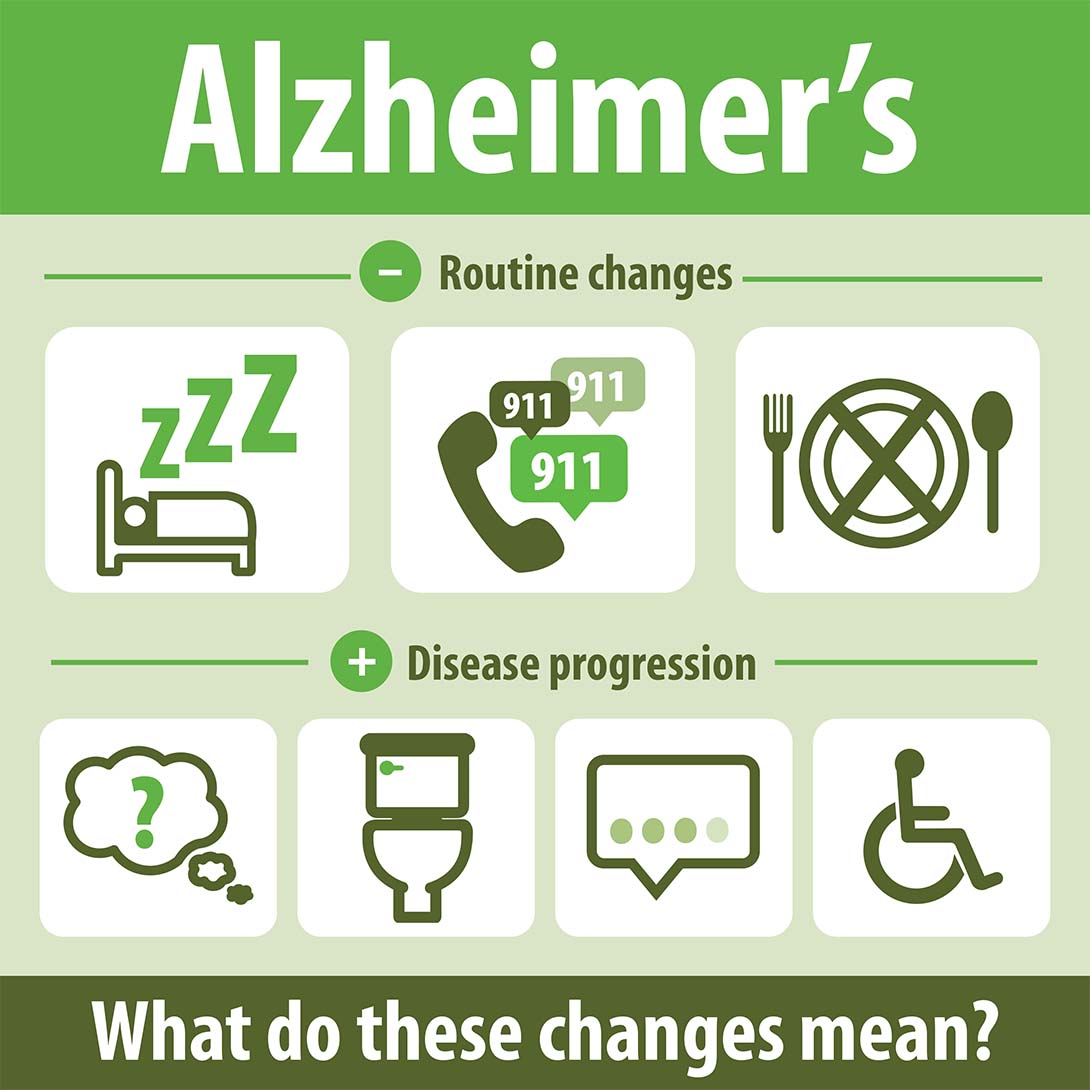Compassion Fatigue-How can I keep doing this?
 Seasons change, days get shorter, and holiday tunes start to dominate the radio, but life doesn’t seem to change much when you are caring for someone with a terminal, life-limiting or chronic condition. Learning to balance the responsibilities of caring for someone day in and day out can be exhausting. In fact, it can be overwhelming.
Seasons change, days get shorter, and holiday tunes start to dominate the radio, but life doesn’t seem to change much when you are caring for someone with a terminal, life-limiting or chronic condition. Learning to balance the responsibilities of caring for someone day in and day out can be exhausting. In fact, it can be overwhelming.
Understanding “compassion fatigue” and the many factors that predispose a hospice caregiver to suffer from compassion fatigue are the first steps in managing this difficult situation. This problem has been around for decades upon decades. In fact, compassion fatigue was called “shell shock” during WWI. Then, during the Second World War, it was changed to “war neurosis”. It wasn’t until the early 1990s that the syndrome was actually identified as “compassion fatigue” and was extended beyond our brave soldiers, MASH personnel and their caregivers.
So what is compassion fatigue, exactly?
Many can relate to this term. In fact, there were days when I was a hospice caregiver that I would have expected to see my own exhausted face next to the dictionary’s definition of the term compassion fatigue. I think anyone fulfilling this role might expect to see their own tired image looking back.
Compassion fatigue is not the same as “burnout.” Burnout has a gradual and sometimes insidious onset.
Compassion fatigue has an acute (abrupt) onset. It seems that one day everything is manageable and then the next you find that you cannot handle this one more day.
Signs of compassion fatigue can be:
- depression
- physical fatigue
- difficulties concentrating on tasks
- irritability
- distancing yourself from others and
- feeling unappreciated.
Be careful! It can be easy to allow yourself to suffer alone, or assume an I-can-do-it-myself attitude—what we call the Lone Ranger syndrome, something that’s often seen in healthcare professionals. This isn’t an intentional act, but the healthcare provider feels that he or she is the only one that can effectively care for the person with the illness.
Are you a Lone Ranger with an exhausted Silver?
This “no one can” attitude is commonly seen in caregivers. No one can do it as efficiently as I can; no one can do it the way that I do it; no one cares as much as I do; no one knows him/her as well as I do; and no one can do it better than I can attitude means that you do have a heavy burden.
A lot of this may be true, but it doesn’t mean no one can help you.
The problem is that the caregiver typically gives out much more energy, compassion, empathy, and care than the person receiving the care. Obviously, this is to be expected since the individual with the illness may be limited on how much energy they can give back to the caregiver. However, it doesn’t change the fact that the caregiver is giving much, much more than he or she is receiving. What happens? The emotional and physical bank is depleted. The energy gauge is on “E” and now, compassion fatigue has set in!
Minimizing risk factors can help prevent or dramatically decrease compassion fatigue.
Do you have the risk factors?
Identifying the risk factors can be a major step. Risk factors for compassion fatigue can include the following:
- Working with large numbers of terminally ill, chronically ill or critically ill patients.
- Working with large number of traumatized or victimized people.
- Working with a terminally ill, chronically ill or critically ill patient with no help from others.
- Believing the “No one” mindset.
- Personal trauma.
- Lack of training.
- Insufficient or lack of external support system(s).
- Lack of outside interests
- Refusing outside help
- Not putting yourself first…or second
How can you prevent compassion fatigue?
We all know the adage: an ounce of prevention equals a pound of cure. Knowing how to prevent the syndrome is critical. Some of the preventive measures to reduce compassion fatigue include:
- Pace activities and tasks.
- Meditate.
- Journal daily.
- Engage in personal hobbies.
- Spend time with friends.
- Take frequent breaks.
- Increase personal knowledge on caregiving or disease processes.
- Get at least eight hours of sleep EACH night.
- Eat a well-balanced diet (avoid excessive caffeine or excessive alcohol).
- Pat yourself on the back!
- Laugh! Humor is a powerful medicine.
- Ask for HELP!
- Don’t be afraid to say “NO.”
- Prioritize.
- Enjoy the changing seasons.
Sometimes you have to use the phone-a-friend option.
When you ask yourself “how can I keep doing this?” remember that you don’t have do it alone.
Reach out to a friend. Search for support groups in your area. If you belong to a church, synagogue, or mosque, reach out to the parishioners, members, or leaders for support. If the symptoms of compassion fatigue persist, contact your personal physician. There are many alternative treatments and medications on the market that can minimize the symptoms of compassion fatigue.
Do you need to replenish the reservoir?
Remember, as wonderful as it is to see the changing of seasons, it doesn’t diminish the responsibility of caring for patients with a terminal, life-limiting or chronic illness, nor does it replenish a caregiver’s reservoir. Take the first few steps: Identify compassion fatigue symptoms, begin to understand the risk factors, and reach out for help. You don’t have to do this alone. Maybe you too can look forward to the vivid colors seen in autumn leaves and cooler temperatures without feeling totally depleted.
Ask Crossroads Hospice.
If you have questions regarding compassion fatigue or have questions about a terminally ill individual, contact Crossroads Hospice. Allow us to help you avoid this tricky, all-encompassing thing called compassion fatigue. A team of highly qualified, incredibly compassionate individuals are only a phone call away at (888) 603-6673. Remember–no one has to do it by themselves. No one!
References:
1.-Wright. (2004). Compassion Fatigue; How to avoid it”. PALLIATIVE MEDICINE
2. Worley, C. (2005).The Art of Caring: Compassion Fatigue” DERMATOLOGY NURSING. Dec. Vol. 17
3. Bartone, P. Ursano, R., Wright, K. and Ingraham, L. (1989) “Impact of a military air disaster”-JOURNAL OF NERVOUS AND MENTAL DISORDERS”.
4. Kinzbrunner, Barry M. MD, Weinreb, Neal J. MD, Policzer, Joel S. MD, “20 COMMON PROBLEMS –END OF LIFE CARE”, McGraw Hill
If you found this information helpful, please share it with your network and community.
Copyright © 2015 Crossroads Hospice. All rights reserved.




